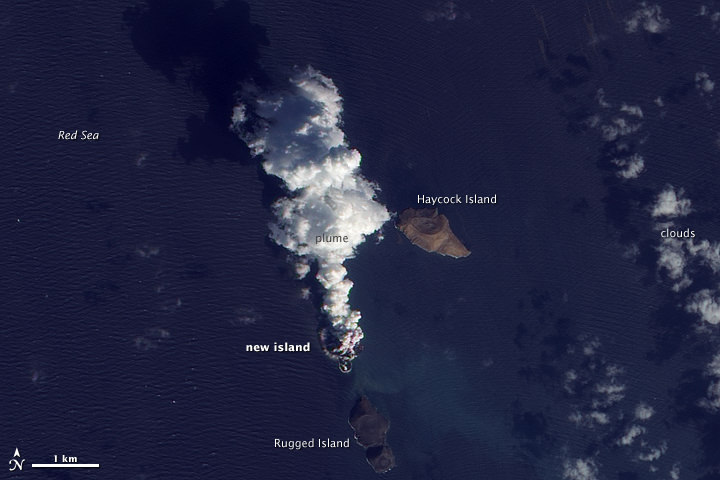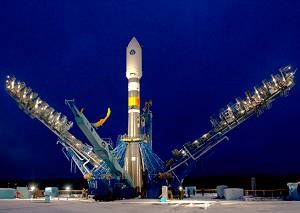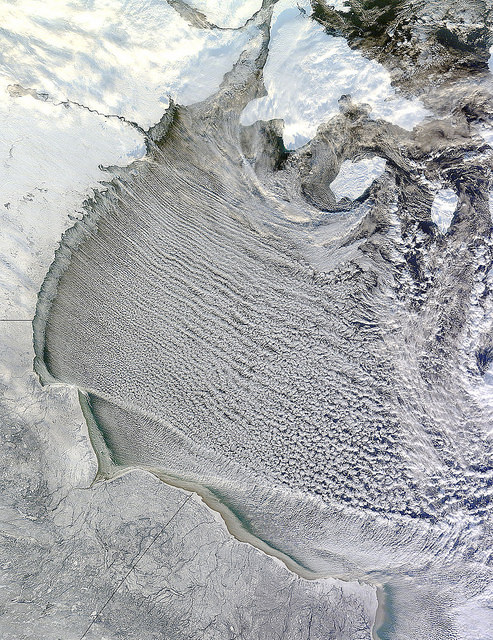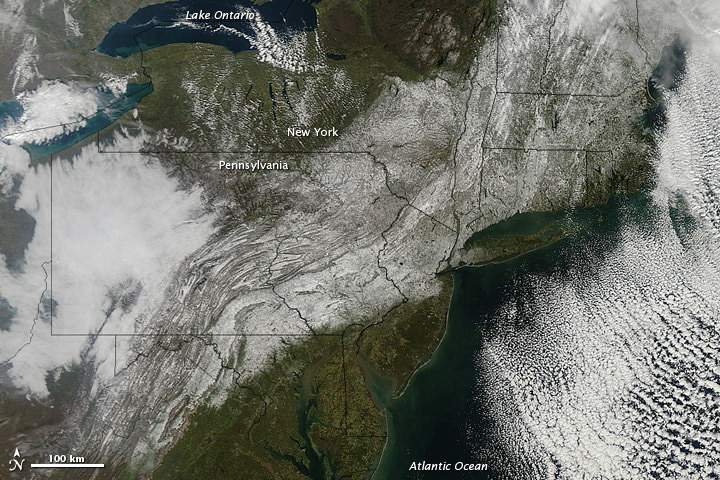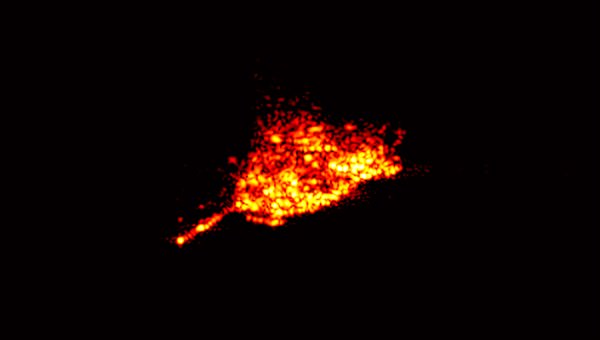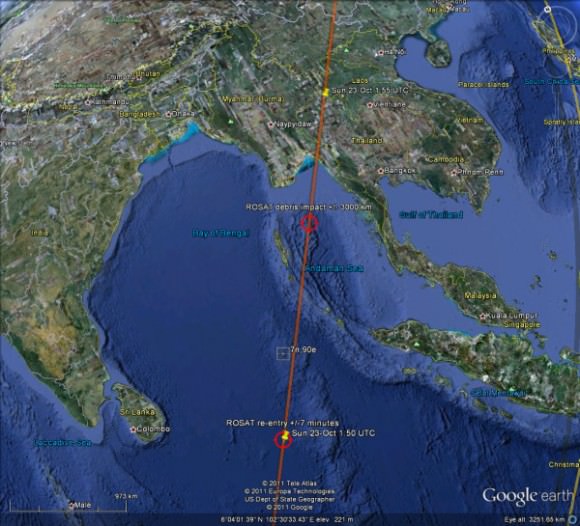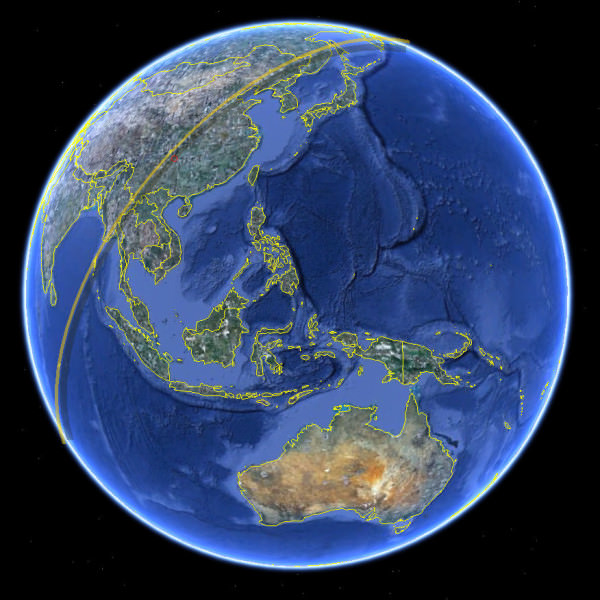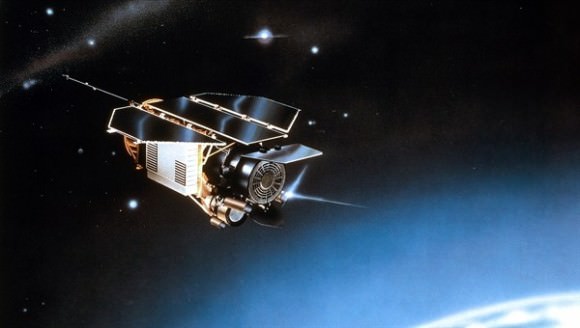[/caption]
Looking for some new lake-front property? Here’s the newest available on the planet. Volcanic activity in the Red Sea that started in mid-December has created what looks like a new island. The Advanced Land Imager (ALI) on NASA’s Earth Observing-1 (EO-1) satellite captured a high-resolution, natural-color image on December 23, 2011 showing an apparent island where previously there was none. Here, a thick plume of volcanic ash still rises from the new island.
See below for an image from 2007 of the same region.
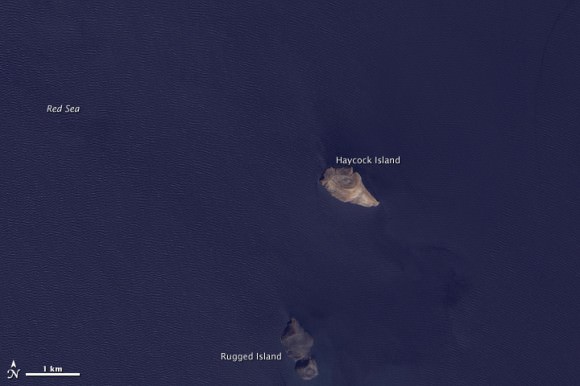
According to the NASA Earth Observatory website, the volcanic activity occurred along the Zubair Group, a collection of small islands off the west coast of Yemen. The islands poke above the sea surface, rising from a shield volcano. This region is part of the Red Sea Rift where the African and Arabian tectonic plates pull apart and new ocean crust regularly forms.
According to news reports, fishermen witnessed lava fountains reaching up to 30 meters (90 feet) tall on December 19.
Source: NASA Earth Observatory

